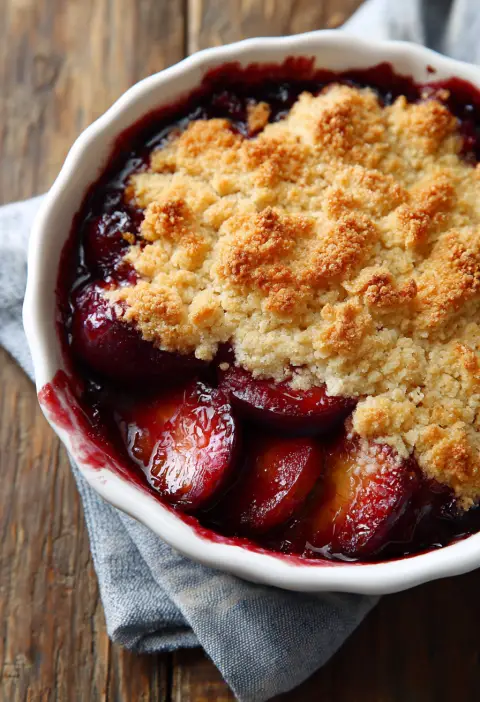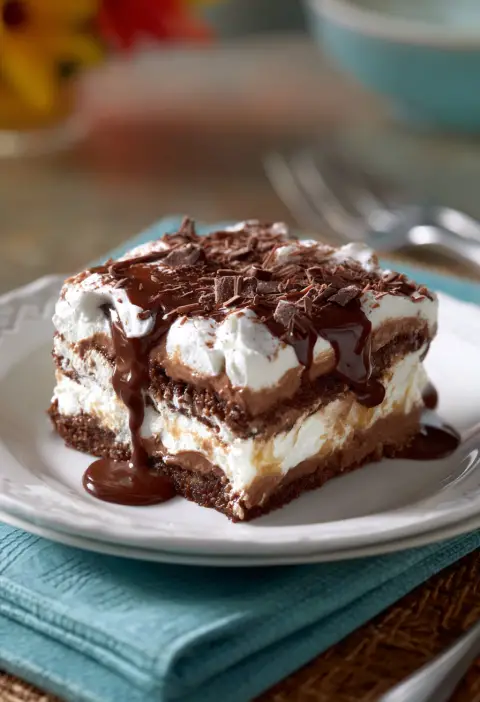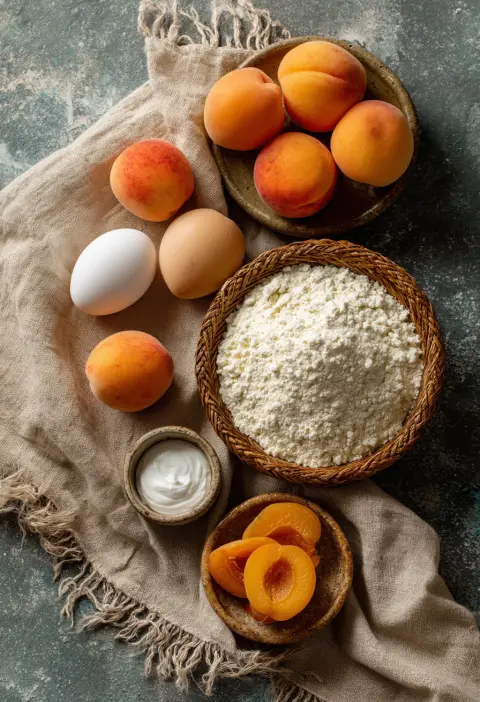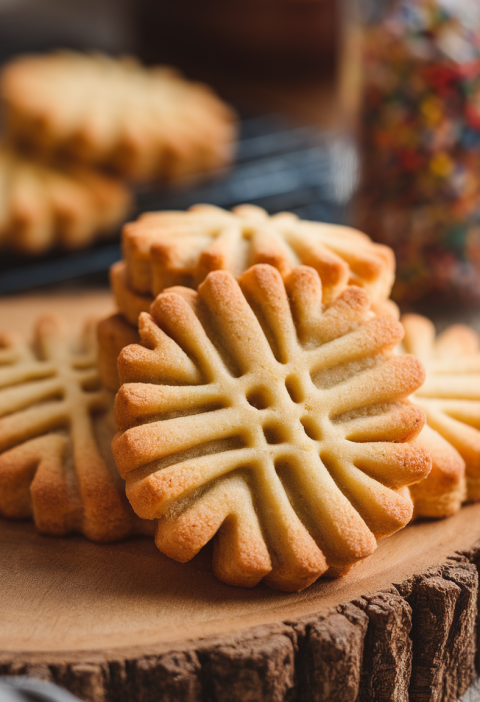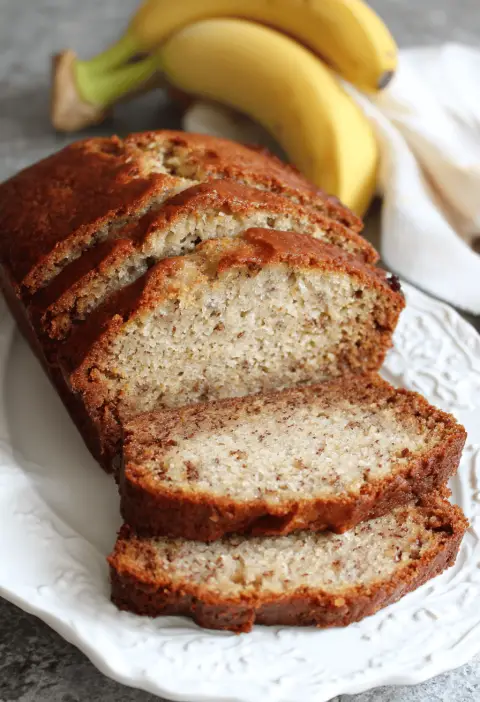Mahi Mahi Recipe
This easy, healthy grilled citrus Mahi Mahi Recipe is ready in under 30 minutes and perfect for summer seafood nights.
I fell in love with Mahi Mahi back on a Florida fishing trip—there’s something about its firm, flaky texture and mild flavor that just sings when paired with bright citrus. Unlike heavier fish, Mahi Mahi stays tender even with a quick sear or grill, so it feels fancy without fuss. It’s naturally low in fat (about 1 g per 3 oz serving) and delivers roughly 20 g of protein, according to USDA data—ideal if you’re watching calories but still crave that satisfying seafood hit. I like to serve it alongside grilled zucchini or a light quinoa salad on warm evenings, when the breeze carries the scent of lemons and the sound of cicadas makes you nostalgic for childhood summers.
Why You’ll Love This Mahi Mahi Recipe
- No special equipment—just a grill pan or skillet and a spatula.
- Ready in about half an hour, including a 15-minute citrus marinade.
- Gluten-free, Paleo-friendly, and low-carb for clean-eating plans.
- Bright citrus notes balance the mild fish—no heavy sauces needed.
- High-protein seafood (20–25 g per serving) keeps you full and energized.
- Versatile: grill, pan-sear, or broil based on your kitchen setup.
- Budget-friendly: Mahi Mahi often costs less than wild salmon or tuna.
- Ideal for weeknight dinners, date nights, or even light lunch bowls.
Ingredients
• 4 Mahi Mahi fillets (6 oz each), patted dry (or thawed fully if frozen)
• 2 Tbsp extra-virgin olive oil (for richness, I love California-pressed brands)
• 1 Tbsp fresh lime juice (about half a lime)
• 1 Tbsp fresh orange juice (preferably Valencia)
• 1 tsp lemon zest (white pith removed for less bitterness)
• 2 garlic cloves, finely minced (use a Microplane for quick prep)
• 1 tsp smoked paprika (adds depth; regular paprika works too)
• ½ tsp kosher salt (adjust to taste)
• ¼ tsp freshly ground black pepper
• ½ tsp dried thyme (or 1 tsp chopped fresh thyme leaves)
• Optional garnish: chopped cilantro or parsley
Directions
- Mix marinade: In a shallow bowl, whisk olive oil, lime juice, orange juice, lemon zest, garlic, paprika, thyme, salt, and pepper until combined.
- Marinate fish: Place Mahi Mahi fillets in the bowl or a zip-top bag; turn to coat. Let rest at room temperature for 15 minutes—this tenderizes the flesh and infuses it with citrus brightness.
- Heat pan: Warm a heavy skillet (cast iron is ideal) or grill pan over medium-high heat; brush lightly with oil. You’ll know it’s hot when a drop of water sizzles and vanishes.
- Sear fillets: Lay fillets away from you in the pan—listen for that satisfying sizzle. Cook undisturbed for 3–4 minutes, until the edges turn opaque and lift easily.
- Flip and finish: Gently turn each fillet with a thin spatula; cook another 2–3 minutes on the second side, until the center reaches 135 °F (use a digital thermometer for precision).
- Rest briefly: Transfer fish to a plate; cover loosely with foil and rest for 2 minutes. This little pause helps juices redistribute, keeping the fish moist.
- Plate and garnish: Arrange fillets on warmed dishes, drizzle any pan juices over the top, and sprinkle with cilantro or parsley.
- Serve suggestions: Pair with grilled asparagus or a crisp cucumber-tomato salad dressed in a simple vinaigrette.
Servings & Timing
Makes 4 servings
Prep Time: 10 minutes
Marinating Time: 15 minutes
Cook Time: 6–8 minutes
Total Time: Approximately 33 minutes
Variations
• Spicy Cajun Twist: Swap paprika for Cajun seasoning and add a pinch of cayenne.
• Herb-Butter Finish: Top hot fillets with a pat of garlic-parsley butter for extra richness.
• Coconut Curry Marinade: Use 2 Tbsp coconut milk, 1 tsp curry powder, and omit citrus for tropical flair.
• Mediterranean Style: Add chopped olives, capers, and sun-dried tomatoes as a finishing salsa.
• Asian-Inspired Glaze: Brush fillets with miso-soy sauce mix (1 Tbsp each) in the last minute of cooking.
Storage & Reheating
Refrigerate leftover Mahi Mahi in an airtight container for up to 2 days. To freeze, wrap each fillet tightly in plastic and foil—store for up to 1 month. Reheat gently in a 300 °F oven for 5–7 minutes or warm in a nonstick skillet over low heat; avoid high heat to prevent drying out. You can also flake cold leftovers into salads or tacos—no reheating needed.
Notes
• Don’t skip the brief rest under foil—trust me, it seals in juices.
• If you prefer a crispier crust, pat the fillets extra dry and shake on a light dusting of cornmeal before searing.
• I learned that citrus juice can “cook” thinner edges—keep an eye on those corners to avoid over-marinating.
• Use a fish spatula if you have one; its slotted, flexible blade makes flipping delicate fillets a breeze.
FAQs
Q: Can I bake this recipe instead of pan-searing?
A: Absolutely—preheat your oven to 400 °F, place marinated fillets on a parchment-lined sheet, and bake for 12–15 minutes until opaque.
Q: How do I know when Mahi Mahi is done?
A: Look for an opaque center that flakes easily under a fork and an internal temperature of 135 °F.
Q: Is Mahi Mahi sustainable?
A: Many regions manage Mahi Mahi stocks responsibly—look for MSC-certified or ask your fishmonger about the catch location.
Q: Can I use bottled citrus juice?
A: Fresh always wins for flavor, but in a pinch, choose a high-quality, pulp-free juice with no added sugar.
Q: What sides pair best with this dish?
A: Think simple: grilled veggies, quinoa, cauliflower rice, or a green salad with lemon vinaigrette.
Q: My fish stuck to the pan—what went wrong?
A: Make sure the pan is properly preheated and oiled; fish lifts easily once a crust forms.
Q: Can I make the marinade ahead?
A: Yes, you can whisk it up to 24 hours in advance and store it in the fridge; bring to room temperature before using.
Q: How can I boost the flavor further?
A: Try adding a splash of white wine to the pan juices or finish with a sprinkle of flaky sea salt and microgreens.
Conclusion
This Mahi Mahi Recipe strikes the perfect balance between simple prep and gourmet taste—bright citrus meets firm, flaky fish for a healthy, delicious meal you’ll turn to again and again. Give it a try tonight, let me know how it goes in the comments, and explore my other seafood favorites like the Pan-Seared Salmon with Dill Sauce or Grilled Shrimp Skewers for more dinner inspiration!

Mahi Mahi Recipe
Ingredients
- 4 Mahi Mahi fillets (6 oz each) patted dry (or thawed fully if frozen)
- 2 Tbsp extra-virgin olive oil for richness, I love California-pressed brands
- 1 Tbsp fresh lime juice about half a lime
- 1 Tbsp fresh orange juice preferably Valencia
- 1 tsp lemon zest white pith removed for less bitterness
- 2 cloves garlic finely minced (use a Microplane for quick prep)
- 1 tsp smoked paprika adds depth; regular paprika works too
- 1/2 tsp kosher salt adjust to taste
- 1/4 tsp freshly ground black pepper
- 1/2 tsp dried thyme or 1 tsp chopped fresh thyme leaves
- Optional garnish: chopped cilantro or parsley
Instructions
- In a shallow bowl, whisk olive oil, lime juice, orange juice, lemon zest, garlic, paprika, thyme, salt, and pepper until combined.
- Place Mahi Mahi fillets in the bowl or a zip-top bag; turn to coat. Let rest at room temperature for 15 minutes—this tenderizes the flesh and infuses it with citrus brightness.
- Warm a heavy skillet (cast iron is ideal) or grill pan over medium-high heat; brush lightly with oil. You’ll know it’s hot when a drop of water sizzles and vanishes.
- Lay fillets away from you in the pan—listen for that satisfying sizzle. Cook undisturbed for 3–4 minutes, until the edges turn opaque and lift easily.
- Gently turn each fillet with a thin spatula; cook another 2–3 minutes on the second side, until the center reaches 135 °F.
- Transfer fish to a plate; cover loosely with foil and rest for 2 minutes. This little pause helps juices redistribute, keeping the fish moist.
- Arrange fillets on warmed dishes, drizzle any pan juices over the top, and sprinkle with cilantro or parsley.
- Pair with grilled asparagus or a crisp cucumber-tomato salad dressed in a simple vinaigrette.



